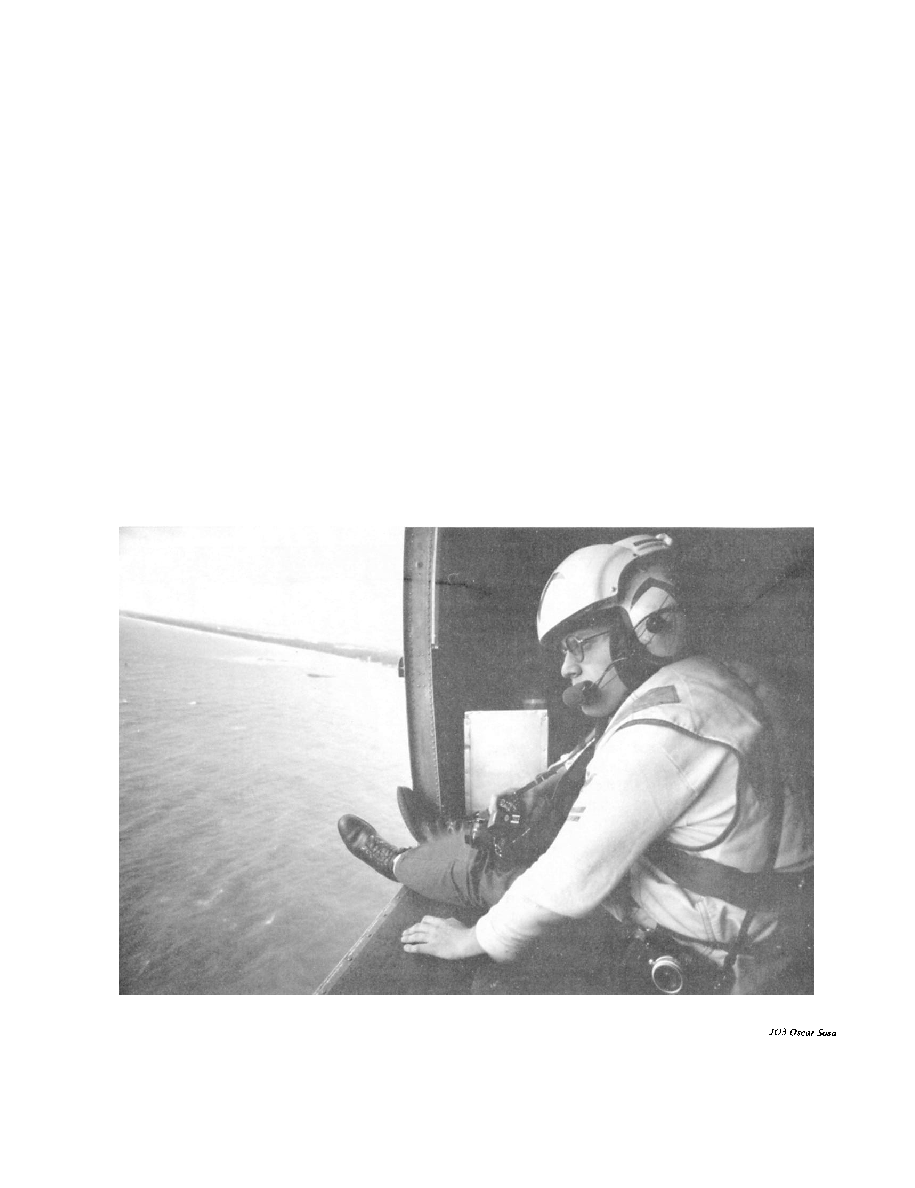
DOFMaster
for Windows
On-line
Depth of Field
Calculator
DOFMaster for Mobile Devices
On-line
Depth of Field
Table
Hyperfocal
Distance Chart
Articles
FAQ
Recommended
Books
Support
Contact
Links
Home
for Windows
On-line
Depth of Field
Calculator
DOFMaster for Mobile Devices
On-line
Depth of Field
Table
Hyperfocal
Distance Chart
Articles
FAQ
Recommended
Books
Support
Contact
Links
Home
As an Amazon Associate I earn from qualifying purchases.
![]()
In these circumstances, you can use film with extended
There is nothing you can use to cut through the smoke.
result of heated air moving upward. When thermal
shimmer is occurring, distant objects appear to shimmer
because the light rays are being refracted by the rising
in high-altitude photography. When thermal shimmer
exists, you should take enough photographs to ensure
that subject detail occurs in at least one photograph.
wind (to help blow off smoke and smog) and visibility
considered to be scattered clouds with visibility of 6
miles. When weather conditions are poor, shoot
This helps to minimize the effects of smoke and haze.
preference for a particular type or model of aircraft.
Hand-held aerial photographs can be made from almost
any aircraft. However, there are some generally
accepted preferences, such as high-wing aircraft or
relatively slow-flying aircraft. Most slow-flying
aircraft have a window, door, or hatch that can be
removed or opened to simplify unobstructed
low-wing plane because the wing is out of the field of
view of the camera.
misconceptions about them (fig. 4-12). One of these
misconceptions is that the platform can be suspended
Advanced Photography Course

As an Amazon Associate I earn from qualifying purchases.
WWW.DOFMASTER.COM
© 2006 Don Fleming. All rights reserved.
© 2006 Don Fleming. All rights reserved.